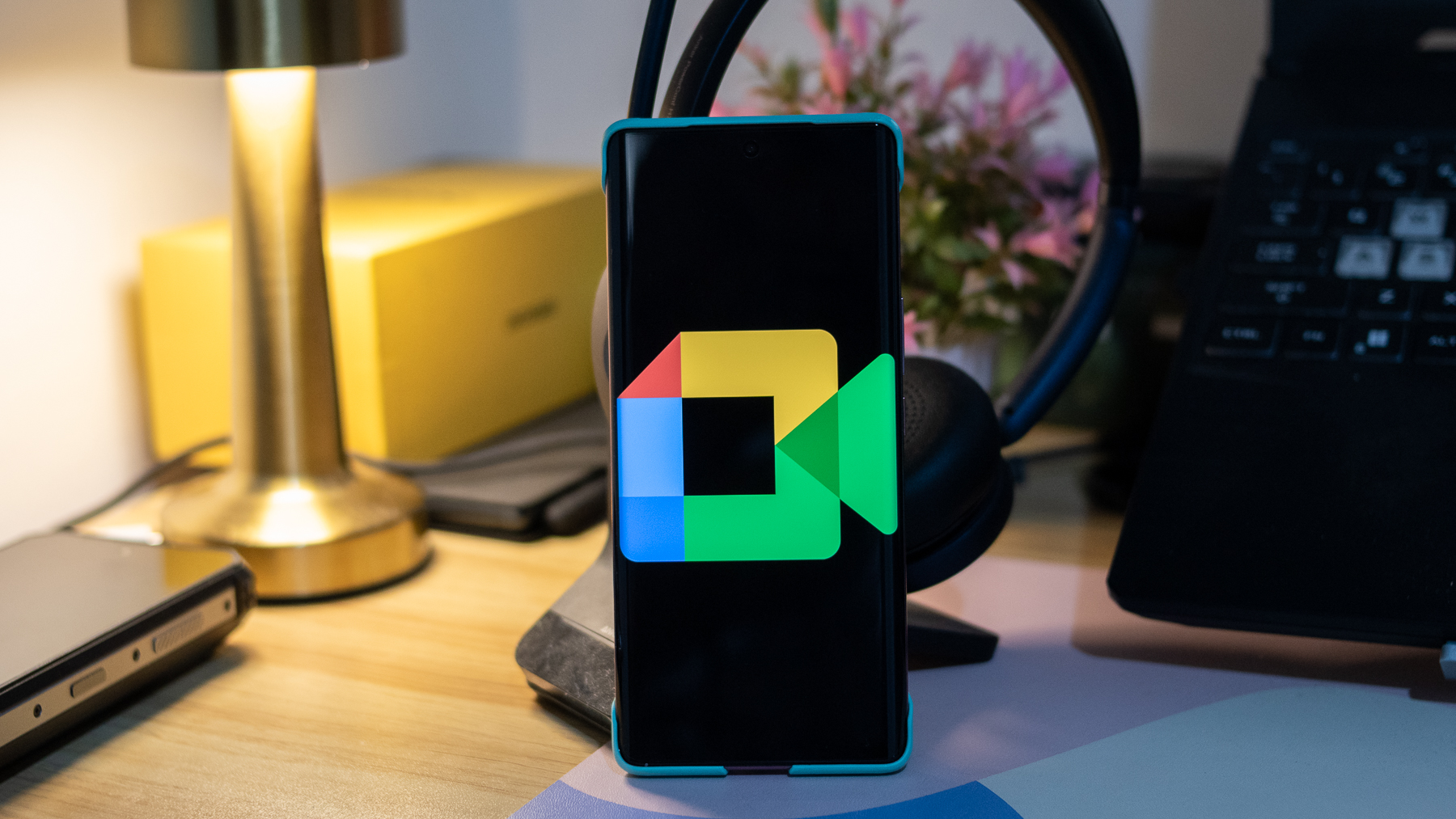Exploring Vintage Circuits: DIY Frequency Doubler Using an Old XOR Gate

A talented electronics enthusiast known as the IMSAI Guy has embarked on an intriguing project utilizing an outdated XOR gate to create a classic circuit aimed at doubling frequency. While the XOR gate is a fundamental component in digital electronics, its obsolescence means it struggles to perform effectively at higher frequencies. Nonetheless, the simplicity of this circuit design, which relies solely on the XOR gate and an RC (Resistor-Capacitor) network, showcases both ingenuity and the charm of vintage electronics. A video documenting his exploration is available for those interested in the intricate workings of this setup.
Theoretically, the simple circuit should function as intended; however, reality proved to be slightly more complex. Initially, the circuit required an additional component to achieve the desired output. In principle, the RC circuit acts as an edge detector, whereby each transition in the input signal produces a corresponding pulse at the output. This occurs because the second input lags behind the first, which is a crucial detail in digital signal processing.
Despite these theoretical advantages, the output signal appeared distorted on the oscilloscope until the IMSAI Guy introduced a 1K resistor connected to the capacitor. This adjustment was pivotal, as it effectively shifted the bias point of the XOR gate, leading to a more stable output. Interestingly, the original schematic suggested the use of a Schmitt trigger gate, which could potentially enhance performance if one had been accessible. This highlights the importance of component selection in circuit design; for instance, using an LS (Low-Swing) part resulted in no need for that additional resistor, demonstrating variations in performance based on the gate type.
It's worth noting that the RC network is just one method for delaying the input signal. The duration of this delay is crucial, as it dictates the width of the output pulse and places limitations on both the input frequency and the duty cycle. Fortunately, there are alternative approaches to achieve a similar delay, including the possibility of employing other XOR gates within the same package, allowing for a rapid delay that could still meet the project's requirements.
Frequency doublers are prevalent in high-frequency microwave applications, though they operate on different principles compared to the circuit demonstrated by the IMSAI Guy. There are multiple strategies for frequency doubling in these applications; a popular approach is to use a nonlinear element that generates numerous harmonics, followed by filtering to isolate just the second harmonic. Alternatively, if a tripler is required, the third harmonic can be extracted. This diversity in methods showcases the complexity and richness of electronic engineering, particularly when exploring both classic and modern techniques.


























